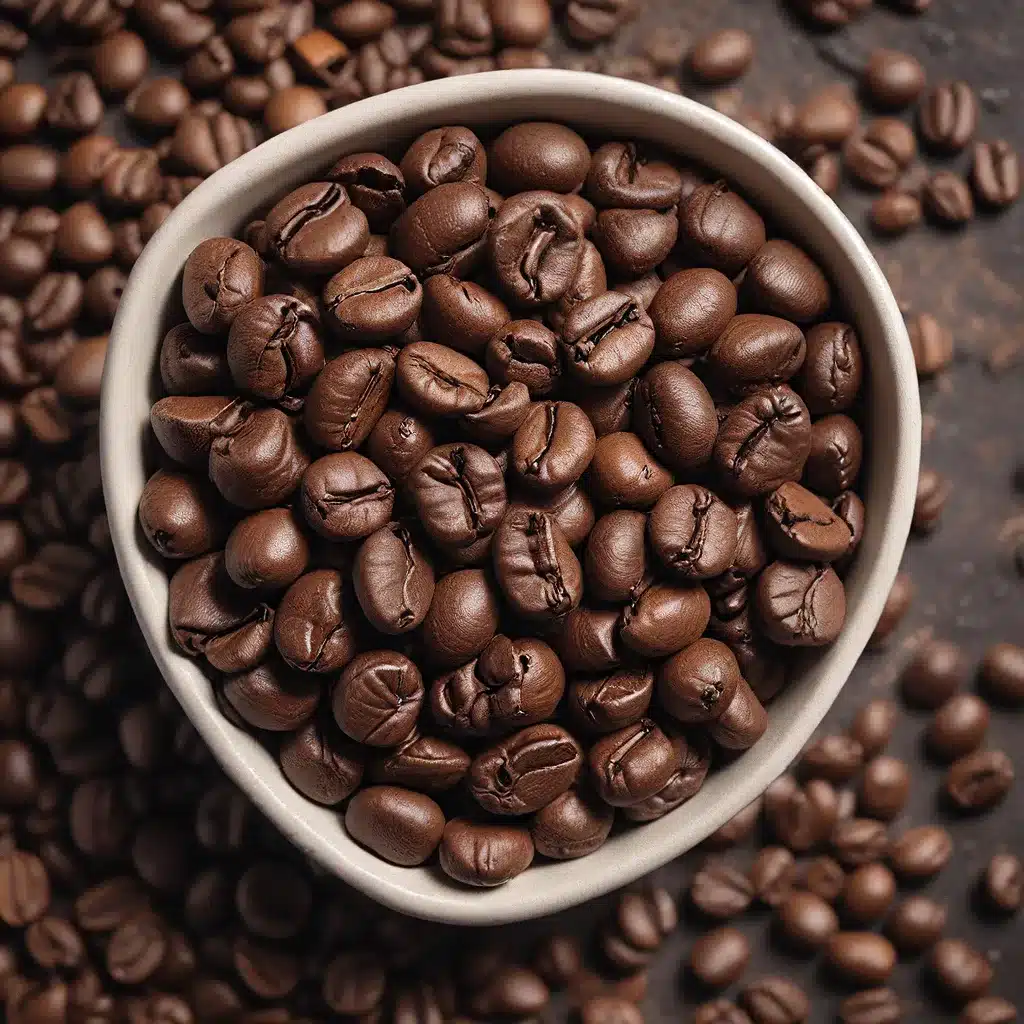Welcome to our comprehensive guide on mastering the art of coffee roasting! In this article, we will delve deep into the lesser-known techniques that will help you elevate your coffee brewing game to new heights. Whether you are a beginner or a seasoned coffee enthusiast, these insights and tips will equip you with the knowledge to unlock the full potential of your coffee beans. So grab a cup of your favorite brew and let’s dive in!

Understanding the Coffee Roasting Process
Before we explore the intricate techniques of coffee roasting, it’s essential to understand the process itself. Coffee roasting is the transformative step that turns green, raw coffee beans into the aromatic and flavorful beans we love. During this process, the beans undergo chemical changes, releasing various compounds that contribute to the final taste profile of the coffee.
The Importance of Bean Selection
To achieve exceptional results in coffee roasting, it all begins with selecting the right beans. Opting for high-quality, specialty-grade beans is crucial as they possess unique flavor characteristics that can be accentuated through the roasting process. Consider factors such as origin, processing method, and flavor notes when sourcing your beans. It’s worth investing in beans from reputable suppliers who prioritize quality and sustainability.
Roast Levels and Their Impact on Flavor
Different roast levels play a significant role in determining the flavor profile of your coffee. Let’s take a closer look at the various roast levels and the characteristics they impart:
- Light Roast: Light roasts retain more of the beans’ original flavors, resulting in a delicate and nuanced cup. This roast level exhibits bright acidity, floral notes, and a lighter body.
- Medium Roast: Offering a balance between acidity and body, medium roasts are a popular choice for many coffee lovers. They bring out a pleasant sweetness, moderate acidity, and a fuller body.
- Dark Roast: Dark roasts produce bold and robust flavors, often accompanied by smoky undertones. The acidity is significantly diminished, and the body becomes heavier. These roasts are well-suited for espresso-based drinks.
Mastering the Roasting Techniques
Now that we have covered the basics, let’s delve into the lesser-known techniques that can elevate your coffee roasting skills:
1. Time and Temperature Control
Achieving consistent and desirable results in coffee roasting requires precise control over time and temperature. Monitoring the roast curve, which depicts the temperature changes throughout the process, is crucial. By carefully adjusting these variables, you can bring out specific flavors and aromas unique to each bean.
2. Development Time Ratio (DTR)
The Development Time Ratio (DTR) is a metric that measures the time between the first crack (an audible sound during roasting) and the end of the roast. It helps roasters determine the degree of development in the beans. Understanding the DTR and experimenting with different values can lead to the desired flavor profile.
3. Airflow Management
Controlling the airflow within the roasting chamber is another critical aspect. Proper airflow ensures an even roast, allowing the beans to develop uniformly. Adjusting the airflow at different stages of the roasting process can influence the acidity, sweetness, and body of the final brew.
4. Resting and Degassing
After the roasting process, it’s essential to allow the beans to rest and degas. Resting refers to the period when the freshly roasted beans stabilize and develop their flavors. Degassing, on the other hand, involves the release of carbon dioxide trapped within the beans. This process typically takes a few days and significantly impacts the overall taste and aroma of the coffee.
5. Cupping and Tasting
Regular cupping (a standardized method of coffee tasting) is crucial for assessing and refining your roasts. It enables you to identify the nuances in flavor, acidity, body, and overall quality. By keeping detailed cupping notes, you can make informed adjustments to your roasting techniques and achieve consistent results.
Conclusion
Congratulations on completing this in-depth journey into the art of coffee roasting! We hope this guide has equipped you with valuable insights and techniques to elevate your brewing experience. Remember, mastering coffee roasting is an ongoing process that requires experimentation, practice, and a deep appreciation for the craft. So go forth, explore different beans, and unlock the full potential of your brew. Happy roasting!















